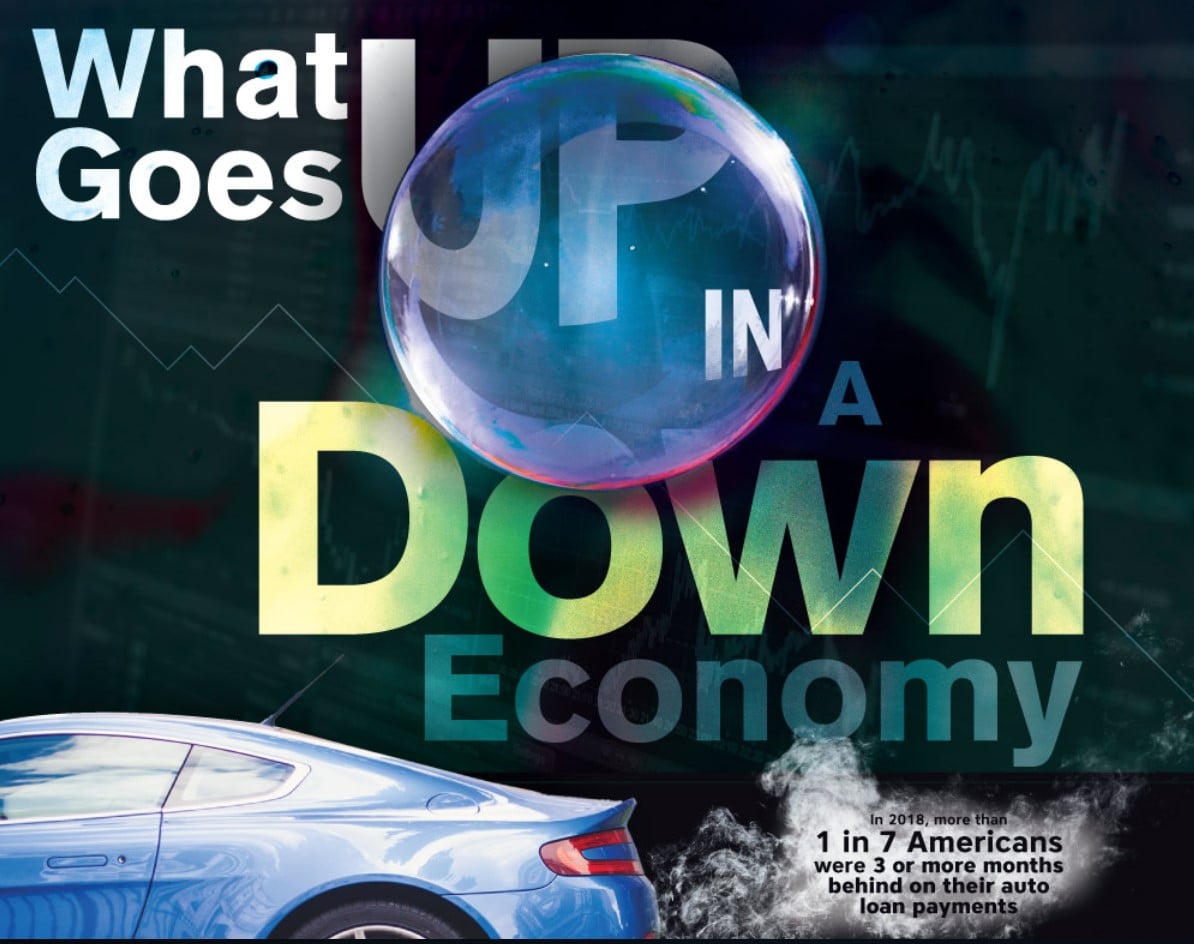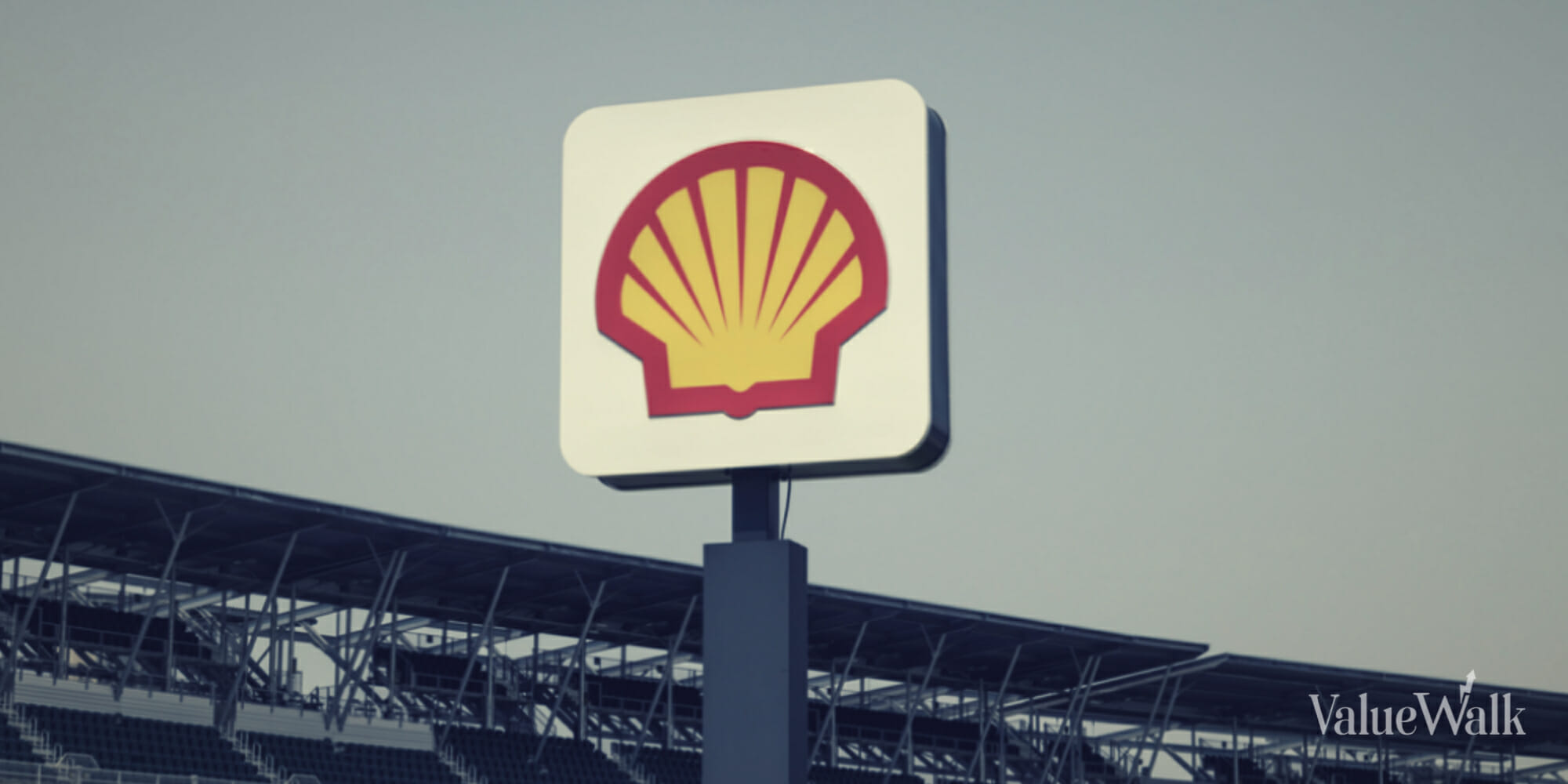In 2018, it was revealed that more than one in seven Americans were at least three months late on their auto loan payments. Surmounting signs of a potential impending recession may indicate what’s to come. In big-picture terms, the economy moves in cycles and phases that are just predictable enough for us to understand that what goes up eventually must come down. Yet, even in a down economy, there are still businesses and entire industries that survive – but how?
The Great Recession of 2007, resulting from the collapse of the subprime mortgage bubble finally bursting, it was consumer spending that helped the economy recover. No matter the economic situation, consumers are still buying things, albeit a bit more carefully. When money is tight and we’re are sticking to budgets, there are certain necessities that always make it onto the list and some of them may surprise you. Food, shelter, and other physical needs are a given, but what else is counted among the essentials?
Q1 hedge fund letters, conference, scoops etc
The cosmetic industry has been historically a recession-proof, from the Great Depression to today. For many women, there is always room in the budget for a tube of lipstick, and altogether this amounted to cosmetic sales outperforming the wider market by 45% and even increasing in sales through the last three recessions. Alcohol is another everlasting product that seems to excel during downturns. During the last recession, US sales of alcoholic beverages increased by almost $2 billion from $185.4 billion in 2008 to $187.2 billion in 2011. Other traditional “vices” also do well in a low economy including cigarettes, tattoos, and even candy.
But not everyone’s recession looks exactly the same, and in fact, some folks find themselves thriving in a down economy. In the wake of recessions, the rich get richer and the poor get poorer; between 2009 and 2015, the top 1% of families saw an increase in income by 37% while the other 99% had an increase of just 7.6%. Between these demographics, discretionary purchases look very different. Just two years following the Great Recession, global sales of luxury apparel items rose by 10% and in 2010, luxury apparel sales surpassed. Meanwhile, more average Americans begin shopping at thrift stores and secondhand retailers, evident from the jump from 14% in 2008 to 20% in 2012.
How do your spending priorities change when the economy dips? See this infographic for more on what goes up in a down economy, how some industries survive, why others fail, and what these shifts mean for economies of the future.







